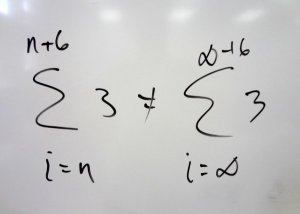 As usual, I wasn’t thrilled when my landlord told me about this year’s rent increase. As someone familiar with how exponential growth works, I understand the power of the small, consistent percent increase.
As usual, I wasn’t thrilled when my landlord told me about this year’s rent increase. As someone familiar with how exponential growth works, I understand the power of the small, consistent percent increase.
After some mild protests, the landlord came back with some good news: he was going to reduce my increase by $25 per month! I wasn’t exactly thrilled with that, either, but it’s a gesture. And I thought to myself “At least I won’t be paying future increases on that $25!”
Which got me thinking: if my rent goes up 3% every year, how much of a difference will that $25 make? The answer: not much. In my lifetime, anyway.
At 3% per year, the $25 difference in rent now will be a $30 difference in 5 years. In 15 years, the difference in the two rents will be around $40. And if I stick around for 50 years, the difference will be about $90.
If I could stay here for 200 years, I’d see a big difference: almost $10,000! But then again, my rent would be around $1 million per month.
I’ll have to be content knowing that, while in the short term I don’t see much benefit, I win out as t goes to infinity.





